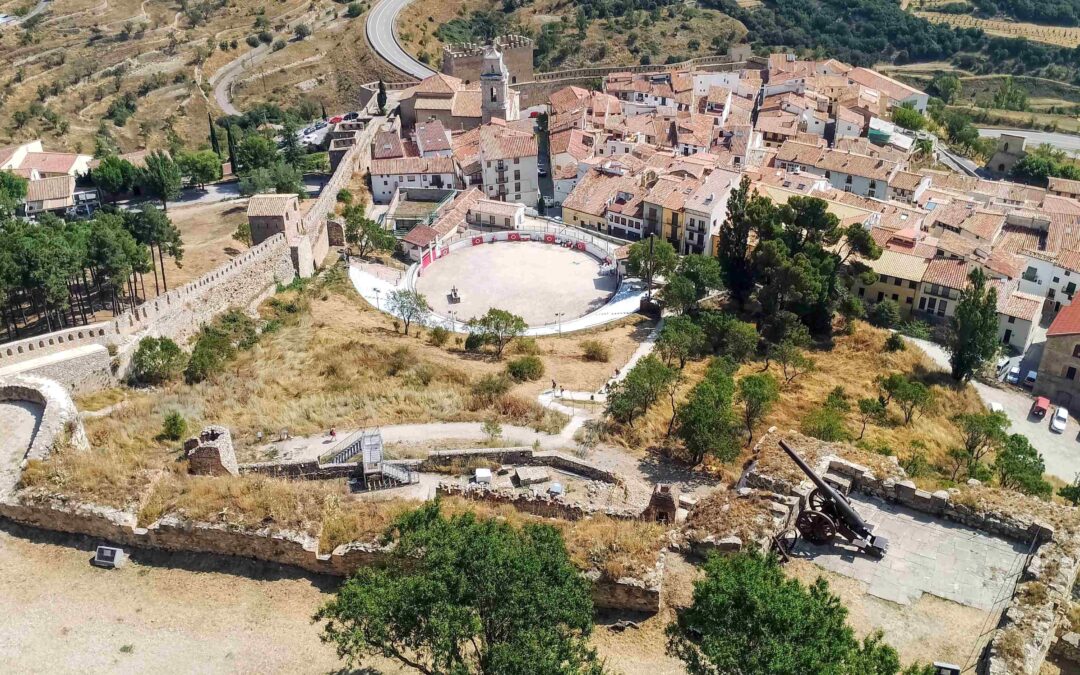

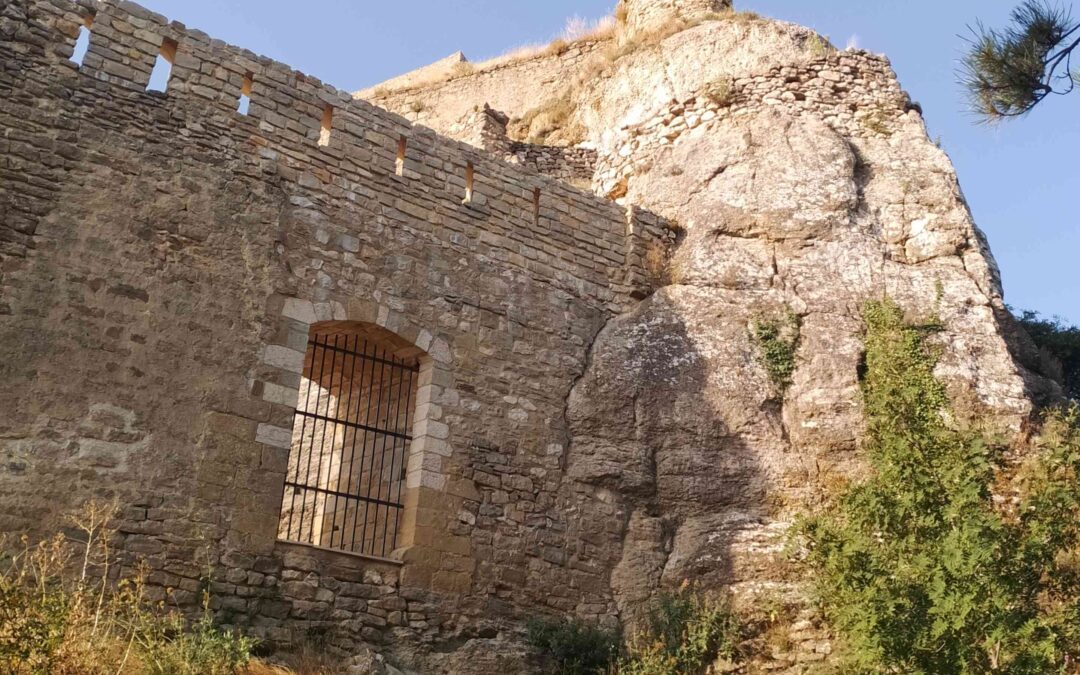
A walk around the walls
Morella’s walls completely encircle the town, measuring some 2.5km in length. These formidable defences are between 10 and 15 metres high and two metres thick. With 10 towers at strategic points, there are seven gates to enter the town. Constructed in the 1300s,...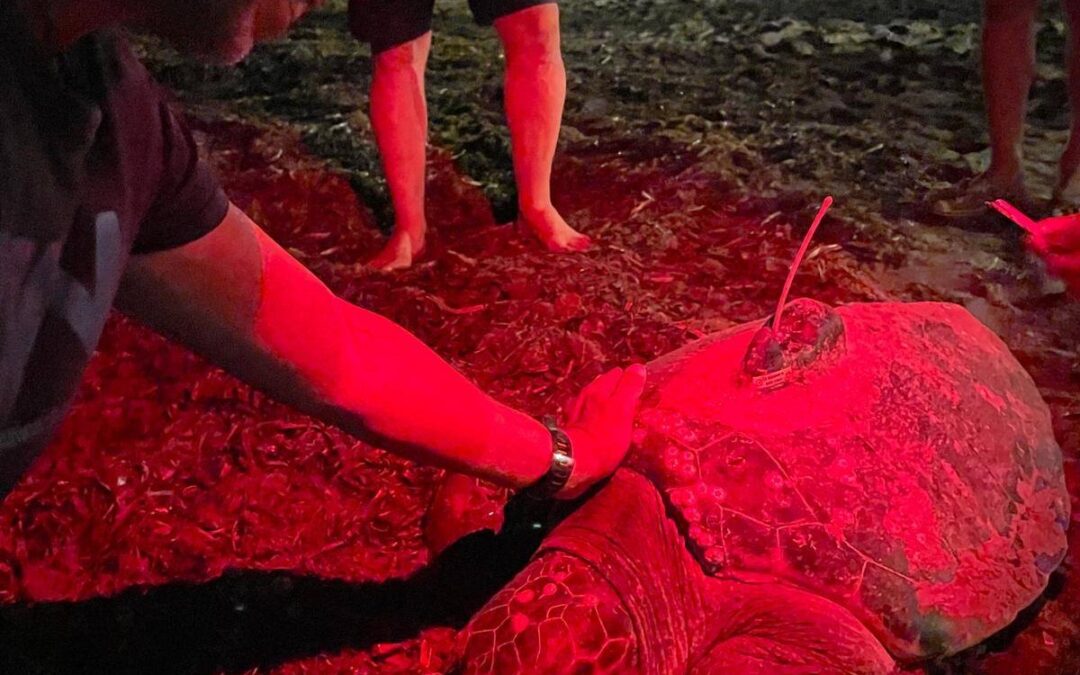
Diana does it again; prolific turtle lays more eggs
Diana the loggerhead turtle has returned to Denia to lay eggs for the fourth time this summer. The Xaloc association labelled it an ‘extraordinary occurrence’. “It’s a real milestone for the conservation of the loggerhead turtle in the Valencia...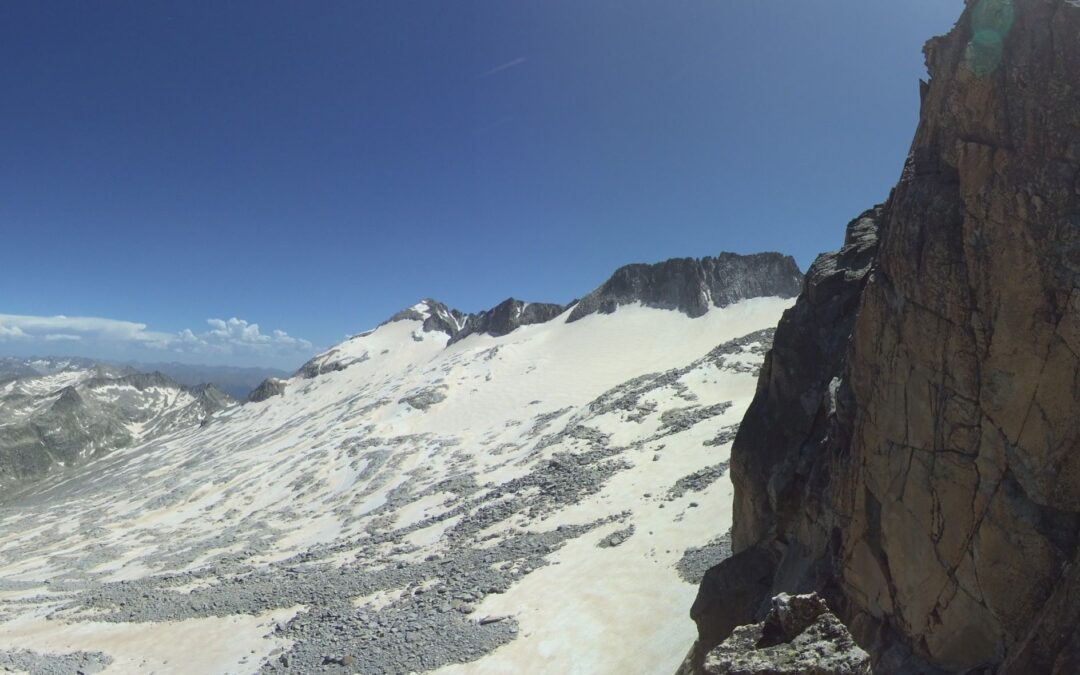
Privileged views of Pyrenees glaciers
Special cameras have been set up to view the glaciers of Aneto and Monte Perdido in the Pyrenees. Free to use, these fantastic windows over two of the most dramatic mountain landscapes in Spain allow users to gaze upon areas which they may have only dreamed of...
Mar Menor wins UN recognition
The initiative to reverse the decline of the Mar Menor has been recognised by the United Nations. Yesterday (Wednesday) the project was named as one of three World Restoration Flagships for this year at the Oceans Conference in Nice. These garlands are awarded for...
Big, beautiful bird bids to beat extinction threat
A conservation effort to save a ‘giant’ species of grouse from extinction in the Cantabrian mountains is having some success. The Capercaillie (Tetrao urogallus) can be found in high mountain forests in two areas in the north of Spain. The population in...
Lynx cubs born in the wild in Murcia
Two Iberian lynx cubs have been born in Murcia, the first since the reintroduction programme of the large cat began in the region at the beginning of 2023. “This is a historic moment in the conservation of this emblematic species, which comes just two years...
Turtle time is here again
The loggerhead turtle nesting season is here; and all beachgoers are asked to be vigilant. More and more of these endangered marine reptiles are choosing to lay their eggs along Spain’s Mediterranean coast, far from their traditional nesting grounds in Turkey,...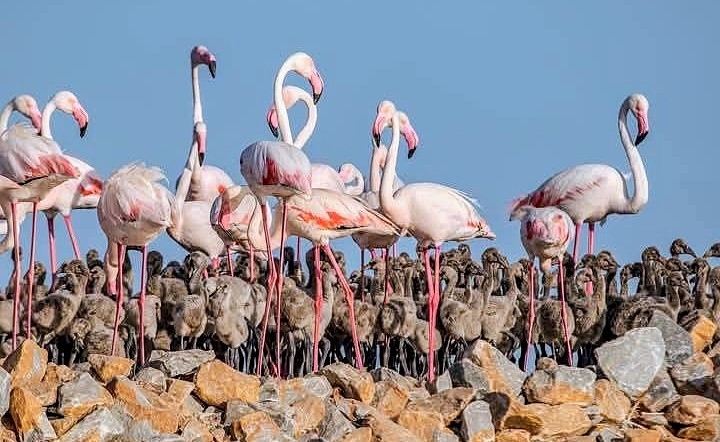
In the pink; flamingo breeding boom in Torrevieja
Flamingoes are nesting for the sixth year in a row at Torrevieja lake, producing many hundreds of chicks once again. The phenomenon started at the lagoon during the Covid lockdown in 2020, when all human activity at the salt lake ceased and the birds chose a raised...
Giant ray beaching mystery under investigation
Around 20 spinetail devil rays have beached in separate incidents this spring along Spain’s Mediterranean coast, sparking a wide-ranging investigation. Also known as giant devil ray or devil fish (Mobula mobular), the Valencia-based Oceanogràfic foundation...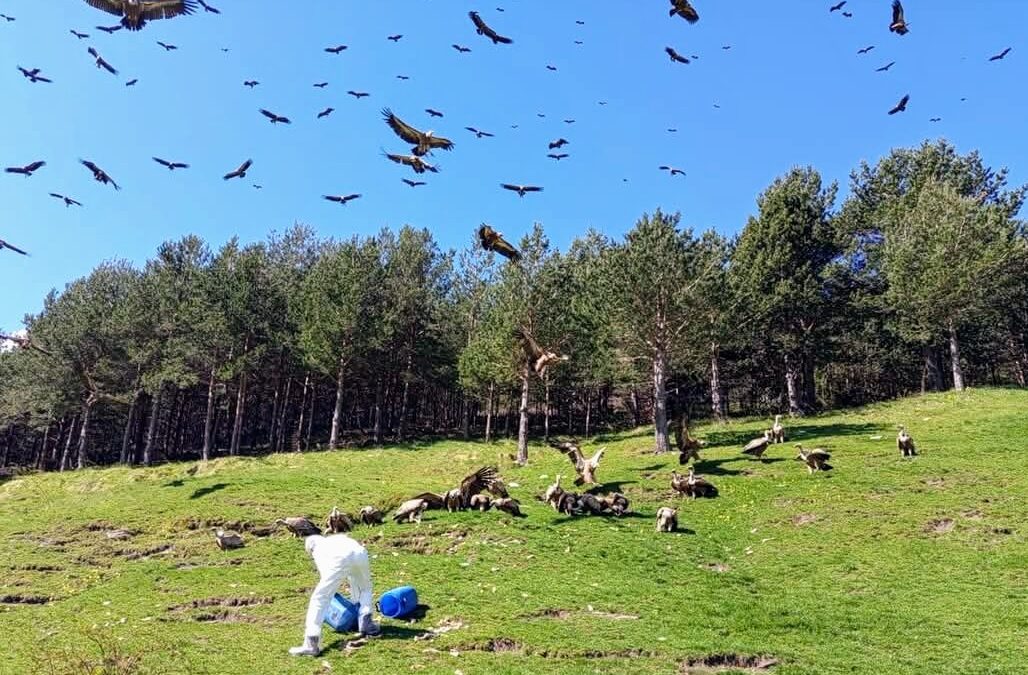
The best vulture restaurant in town
Staff from the Ordesa y Monte Perdido national park provide food for carrion feeders all year round. They reported today that most of the birds that arrive at the site in Escuaín in the Pyrenees of Huesca province are vultures. “The larger bones are chopped up...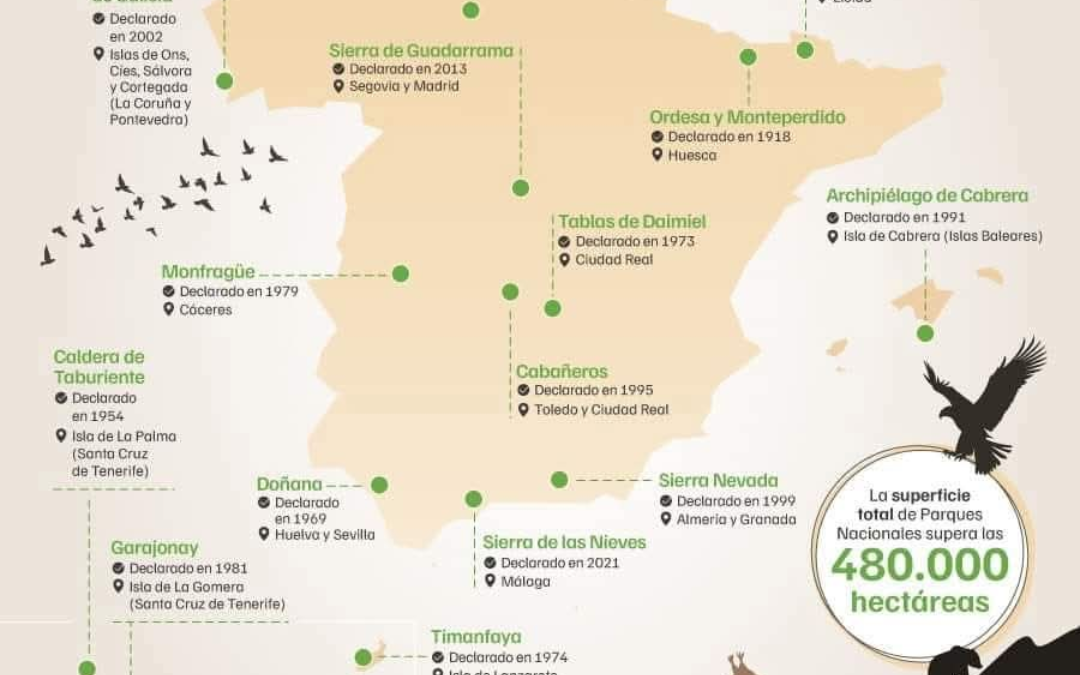

Recent Comments